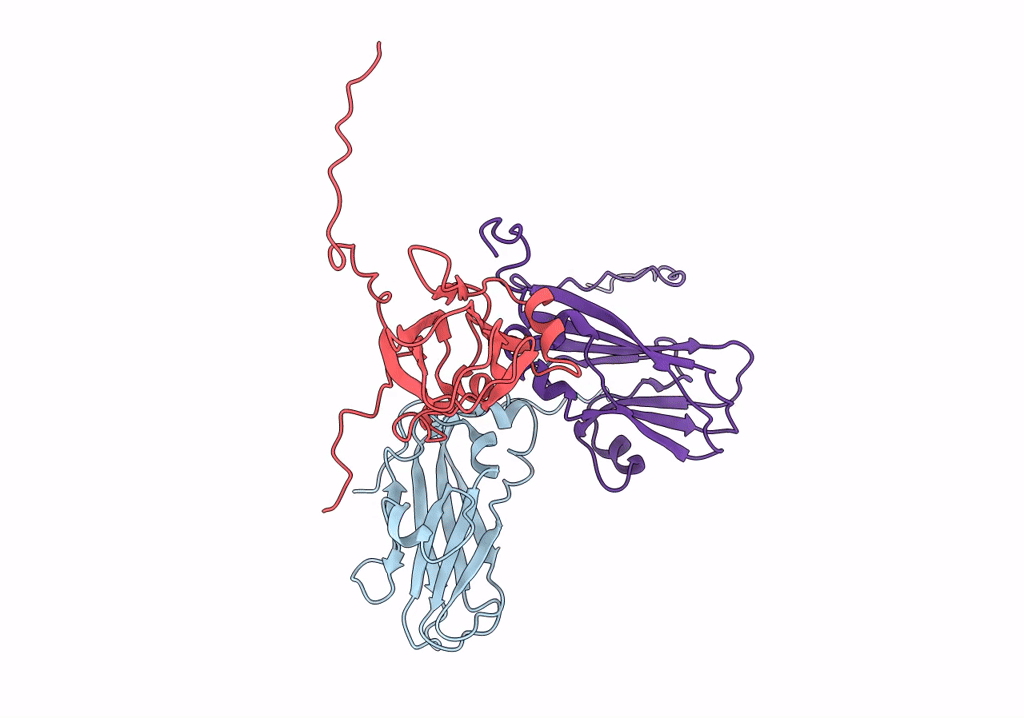Abstact
We report the asymmetric reconstruction of the single-stranded RNA (ssRNA) content in one of the three otherwise identical virions of a multipartite RNA virus, brome mosaic virus (BMV). We exploit a sample consisting exclusively of particles with the same RNA content-specifically, RNAs 3 and 4-assembled in planta by agrobacterium-mediated transient expression. We find that the interior of the particle is nearly empty, with most of the RNA genome situated at the capsid shell. However, this density is disordered in the sense that the RNA is not associated with any particular structure but rather, with an ensemble of secondary/tertiary structures that interact with the capsid protein. Our results illustrate a fundamental difference between the ssRNA organization in the multipartite BMV viral capsid and the monopartite bacteriophages MS2 and Qβ for which a dominant RNA conformation is found inside the assembled viral capsids, with RNA density conserved even at the center of the particle. This can be understood in the context of the differing demands on their respective lifecycles: BMV must package separately each of several different RNA molecules and has been shown to replicate and package them in isolated, membrane-bound, cytoplasmic complexes, whereas the bacteriophages exploit sequence-specific "packaging signals" throughout the viral RNA to package their monopartite genomes.



